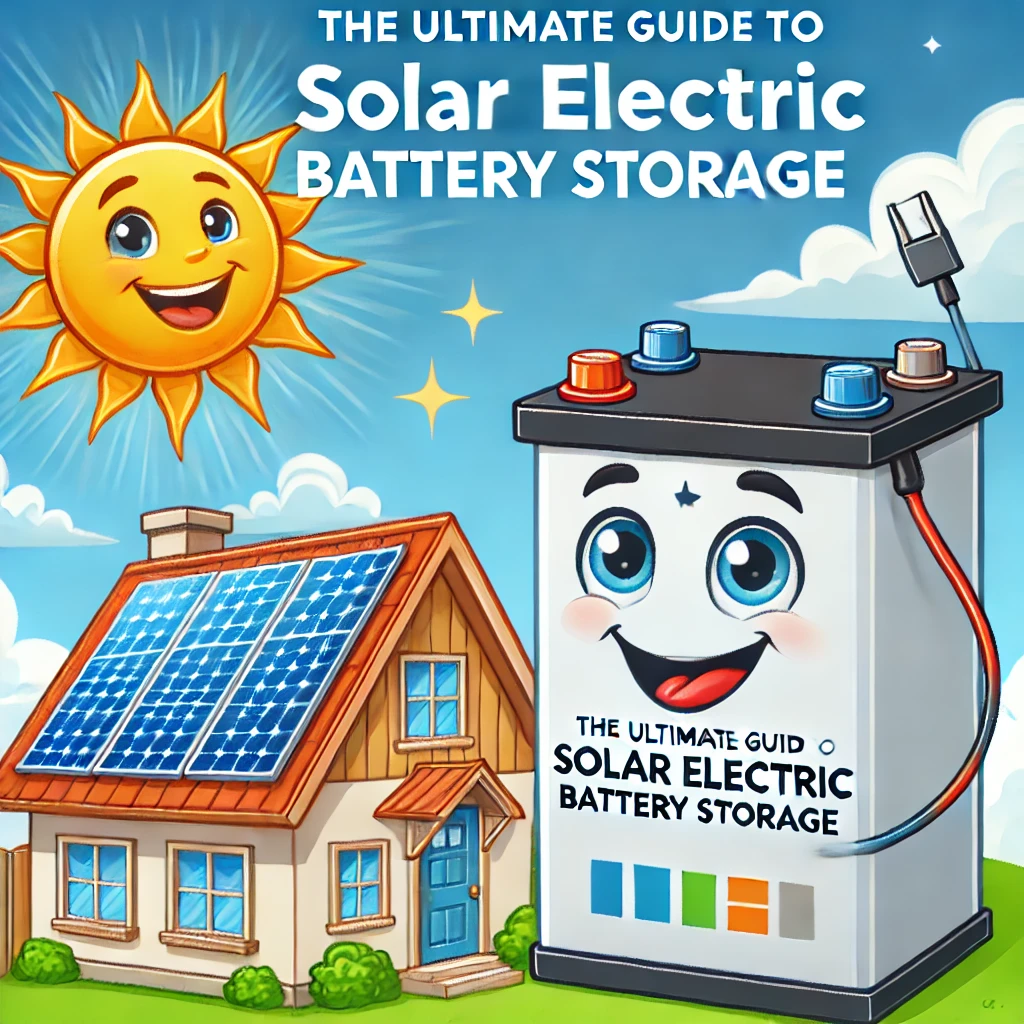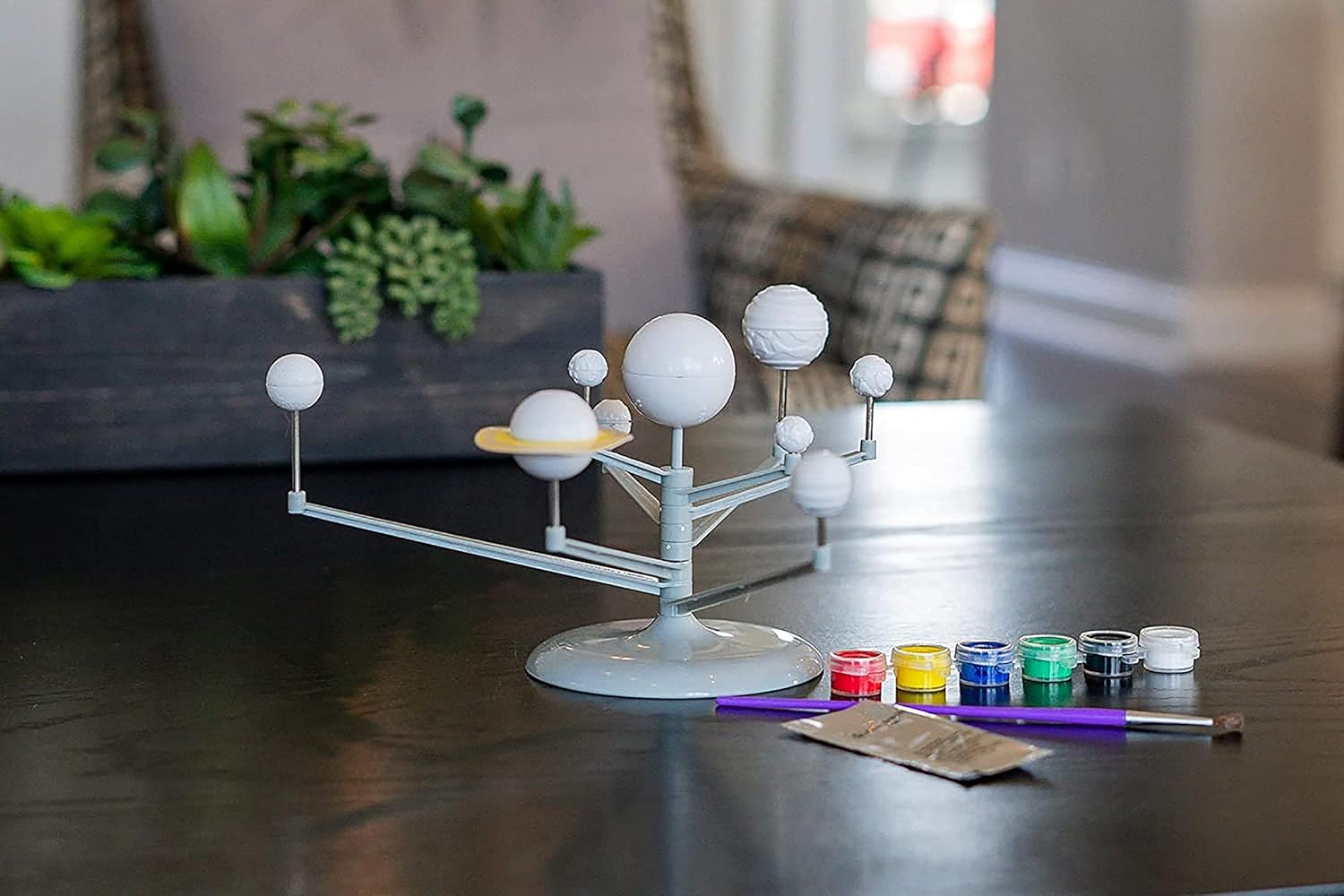Solar energy is no longer a niche choice — it’s one of the fastest-growing sources of renewable power worldwide. But with so many options, it can be tough to know which solar panel technology best fits your needs. The debate often comes down to two contenders: thin-film solar panels and monocrystalline solar panels.
Both have clear advantages. Thin-film panels are flexible, lightweight, and versatile. Monocrystalline panels deliver high efficiency, long lifespans, and the best long-term returns. So which is better for you? In this in-depth guide, we’ll compare thin-film vs monocrystalline solar panels across performance, durability, cost, space needs, and ideal use cases.
Understanding Thin-Film Solar Panels
Thin-film panels are built by layering extremely thin sheets of photovoltaic material onto glass, metal, or plastic. The active layers are only a few micrometers thick, making them much slimmer than crystalline wafers.
Common Types of Thin-Film Panels
- Amorphous Silicon (a-Si): Inexpensive, widely used in small electronics.
- Cadmium Telluride (CdTe): Cheap and popular in large-scale solar farms, though cadmium poses disposal concerns.
- Copper Indium Gallium Selenide (CIGS): More efficient and durable than other thin-film technologies.
- Gallium Arsenide (GaAs): Extremely efficient but costly, typically used in aerospace.
Key Features
- Efficiency: 10%–13% on average; some advanced CIGS reach 15%–18%.
- Flexibility: Many models bend, allowing installation on curved surfaces.
- Weight: Considerably lighter than crystalline panels.
- Lifespan: Around 10–20 years, shorter than crystalline modules.
Understanding Monocrystalline Solar Panels
Monocrystalline panels, often referred to as “mono panels,” are made from a single, continuous silicon crystal. This purity allows for better electron flow, resulting in high efficiency.
Key Features
- Efficiency: 20%–23% for most models; premium panels exceed 24%.
- Durability: Typically last 25–30 years or more.
- Design: Sleek black appearance with high power density.
- Cost: Higher upfront price due to energy-intensive manufacturing.
Efficiency Showdown
- Thin-Film Efficiency: 10%–13% (15%–18% for advanced panels).
- Monocrystalline Efficiency: 20%–23%, with top-tier models pushing beyond 24%.
Verdict: If you want maximum electricity from limited roof space, monocrystalline panels clearly win. Thin-film panels need far more area to generate the same output.
Space Requirements
- A 5 kW thin-film system may require 400–600 sq. ft.
- A 5 kW monocrystalline system typically needs only 250–300 sq. ft.
Verdict: Monocrystalline panels are better for homes with limited rooftop space. Thin-film panels are more practical for warehouses, ground-mounted arrays, or large commercial roofs.
Lifespan and Degradation
- Thin-Film: 10–20 years; degrade at 0.7%–1% per year.
- Monocrystalline: 25–30+ years; degrade at just 0.3%–0.5% per year.
Verdict: Monocrystalline panels last longer and hold efficiency better, making them a superior long-term investment.
Performance in Real-World Conditions
Heat
Thin-film panels usually handle high temperatures better, maintaining more of their rated output in extreme heat.
Shade & Low Light
Thin-film modules also perform better under partial shading and diffuse light.
Verdict: Thin-film panels have the edge in challenging light conditions, while monocrystalline panels excel in overall year-round performance.
Installation Flexibility
- Thin-Film: Lightweight, bendable, and suitable for curved surfaces like RVs, boats, and tents. Easy to transport and mount.
- Monocrystalline: Rigid and heavier, requiring secure racking and flat surfaces.
Verdict: For unconventional or portable installations, thin-film is the clear winner. For rooftops or fixed arrays, monocrystalline panels work best.
Cost Comparison
Upfront Price
- Thin-film panels are usually cheaper per panel.
- Monocrystalline panels are more expensive but deliver more watts per square foot.
Long-Term Value
- Thin-film’s shorter lifespan and lower efficiency make them less cost-effective over time.
- Monocrystalline’s durability and efficiency yield stronger ROI over decades.
Verdict: Thin-film can save money upfront, but monocrystalline wins for lifetime value.
Environmental Impact
- Thin-Film: Some types (CdTe, CIGS) use toxic materials like cadmium or selenium. Recycling and safe disposal are required.
- Monocrystalline: Requires more energy and water to manufacture, but non-toxic and recyclable.
Verdict: Both carry environmental costs, but monocrystalline is less risky in terms of disposal.
Aesthetics
- Thin-Film: Smooth, uniform, and dark appearance; ideal for building-integrated solar where looks matter.
- Monocrystalline: Sleek black panels with visible gridlines, more modern than polycrystalline but less seamless than thin-film.
Verdict: For aesthetic integration, thin-film edges out mono.
Warranty and Reliability
- Thin-Film: Warranties of 10–15 years are common.
- Monocrystalline: Often backed by 25-year product and performance warranties.
Verdict: Monocrystalline panels provide longer, more reliable coverage.
When to Choose Thin-Film Panels
Thin-film panels are best suited for:
- RVs, campervans, and boats needing flexible panels.
- Off-grid portable setups like camping kits.
- Large commercial rooftops with no space constraints.
- Hot regions where temperature tolerance is vital.
- Building-integrated projects (windows, facades, curved installations).
When to Choose Monocrystalline Panels
Monocrystalline panels are best for:
- Homes with limited roof space.
- Long-term investments where ROI matters most.
- Urban and suburban rooftops.
- Areas with harsh climates requiring durability.
- Homeowners seeking strong warranties and resale value.
Side-by-Side Comparison
| Feature | Thin-Film Panels | Monocrystalline Panels |
|---|---|---|
| Efficiency | 10%–13% (up to 18%) | 20%–23% (up to 25%+) |
| Space Needed | High – more area required | Low – compact and efficient |
| Lifespan | 10–20 years | 25–30+ years |
| Degradation Rate | 0.7%–1% per year | 0.3%–0.5% per year |
| Shade Performance | Better | Weaker |
| Heat Tolerance | Strong | Moderate |
| Weight & Flexibility | Lightweight, bendable | Heavy, rigid |
| Installation | Portable, curved surfaces | Fixed rooftops, strong racks |
| Warranty | 10–15 years | 25 years or more |
| Environmental Impact | Toxic materials possible | High energy use in production |
| Cost | Lower upfront | Higher upfront, better ROI |
Final Verdict
So, which is better: thin-film or monocrystalline solar panels?
The answer depends on your needs:
- Go with thin-film solar panels if you value portability, flexibility, and affordability. They’re great for RVs, boats, camping, and large commercial rooftops where space is abundant.
- Choose monocrystalline solar panels if you want maximum efficiency, long lifespan, and strong ROI. They’re ideal for homes, businesses, and anyone seeking durable, space-saving panels.
Bottom line: For most homeowners and small businesses, monocrystalline panels are the better overall choice. Thin-film panels still shine in niche applications where flexibility and lightweight design matter more than raw power.


